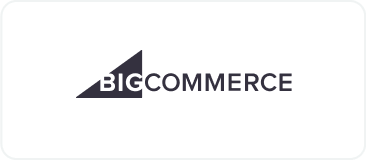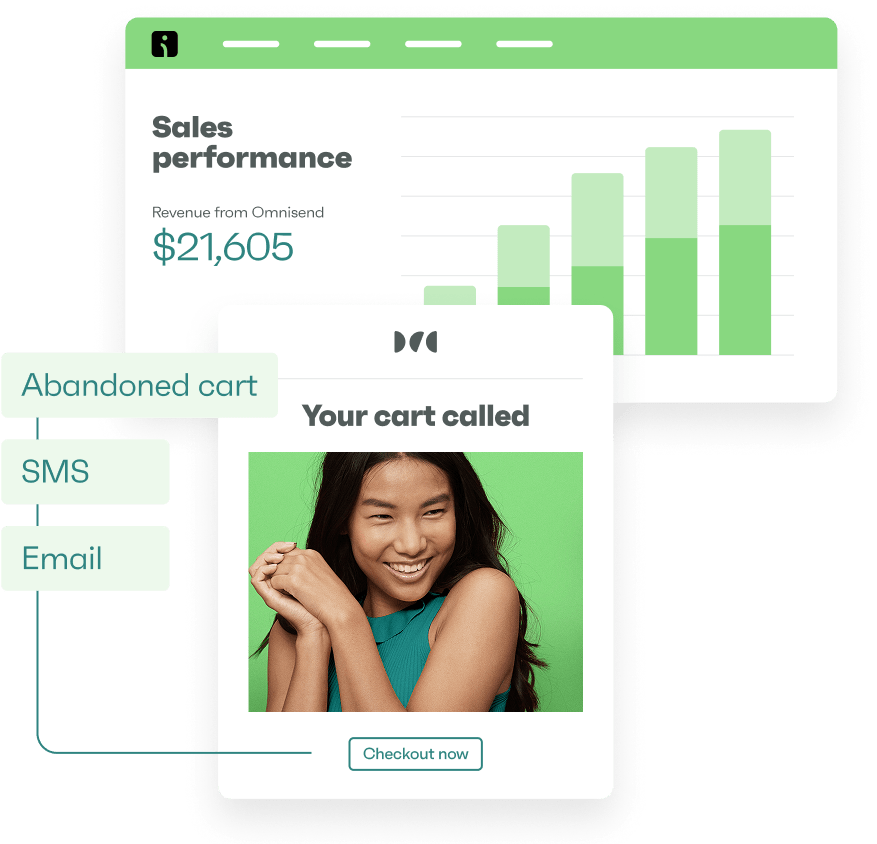Drive sales on autopilot with ecommerce-focused features
See FeaturesOn the surface, ethical marketing campaigns may seem a little counterintuitive for brands as they usually involve prioritizing goodwill over lofty profits.
However, they can completely shift a brand’s narrative, building trust between the brand and the customer. This can increase brand loyalty and help to secure a wider customer base going forward.
Read on to find out more as we look at seven memorable campaigns and discuss how your business can launch its own ethical marketing movement.
Quick sign up | No credit card required
What is ethical marketing?
Ethical marketing is a strategy that involves promoting products in a way that contributes positively to society as well as the business itself. Ethical marketing campaigns aim to align with moral principles, often pushing for social change or raising money for underprivileged people.
Unlike traditional marketing, ethical marketing doesn’t center around trying to squeeze the most profit out of a product. Instead, it’s based on transparency, responsibility, and trust between the business and its customers.
The term “ethical marketing” dates back to the early 20th century when concerns first began to arise over the protection of consumers. It was built upon in the 1937 book “Business Ethics” by Frank Sharp and Philip Fox, which was based on the idea of “fair service.”
Key principles of ethical marketing
Ethical marketing is built on five foundational elements:
- Empathy: At the core of ethical marketing is empathy, which involves understanding the customer’s needs and making an attempt to resolve them
- Fairness: In ethical marketing, fairness runs through the entire process, which extends from paying staff and manufacturers fairly to selling the product for a fair price
- Responsibility: Huge brands have large customer bases and the finances to back up movements for positive social change
- Transparency: For a business to be transparent, it has to be open to the public, including its working practices, treatment of employees, and environmental impact
- Positive culture: To create positive change, a well-meaning ethos and desire to support great causes has to run throughout the entire culture of an organization
Benefits of ethical marketing
Ethical marketing is extremely effective for building trust between a company and its customers, as people are more likely to support well-meaning businesses. This trust will often lead to brand loyalty and repeat custom, which is a best-case scenario for businesses.
When carried out successfully, ethical marketing campaigns have the power to remain in people’s minds because of the positive impact they have. This is ideal for brand awareness and the acquisition of new customers.
Along with having a positive impact on the business, ethical marketing campaigns are often catalysts for positive social change. They can shine a light on injustices, raise up the underprivileged, and help people to think in a more sustainable manner.
Expert comment:
“When running ethical marketing campaigns, it is vital that businesses consider consumer protection laws and advertising regulations. Ethical marketing is built around honesty, requiring companies to comply with guidelines set by regulatory bodies. This will prevent them from deceiving their customer base and exploiting those they claim to be helping.”
Evaldas Mockus
VP of Growth, Omnisend
Ethical marketing examples
There have been examples of ethical marketing throughout the decades, including:
- Patagonia’s “Don’t Buy This Jacket” campaign
- Dove’s “Real Beauty” campaign
- TOMS Shoes’ “One for One” campaign
- Ben & Jerry’s “Justice ReMix’d” campaign
- The Body Shop’s “Forever Against Animal Testing” campaign
- Levi’s “Water<Less” campaign
- Always’ “Like a Girl” campaign
Patagonia’s “Don’t Buy This Jacket” campaign
In 2011, outdoor apparel brand Patagonia published a full-page advert in The New York Times with a picture of one of the brand’s jackets. Pretty run-of-the-mill marketing, right? Well, not quite…
Set above the picture in a large, capitalized font were the words, “DON’T BUY THIS JACKET.”
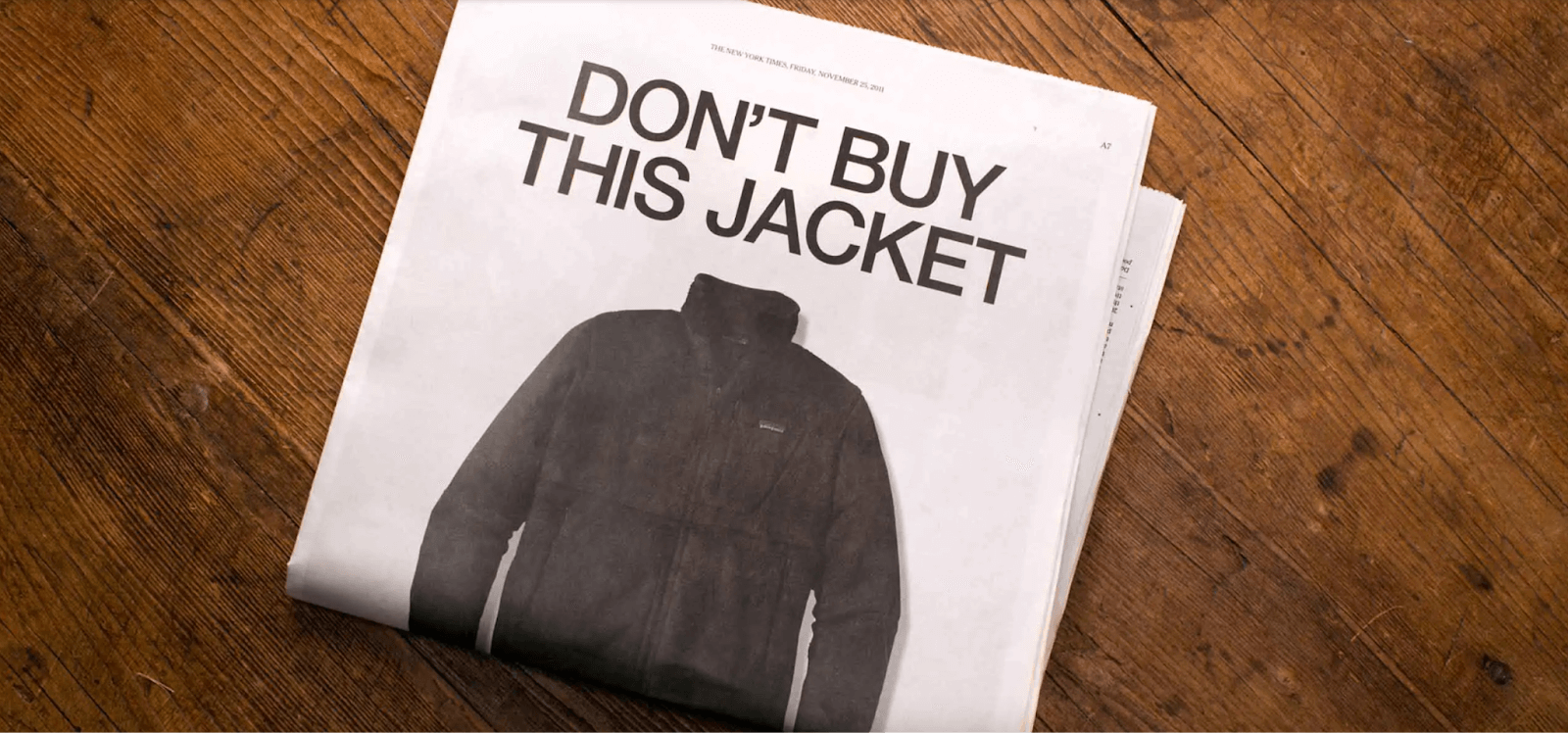
You’d be forgiven for thinking that this ad was somewhat counterintuitive for a growing brand, but Patagonia was keen to send a message. It wanted its customers to think twice before buying to try and bring an end to fast fashion.
This campaign proved effective for a company that is now estimated to be worth upwards of three billion dollars. Here’s why:
- Brand principles: As the consumer market becomes more aware of environmentalism, customers have started to gravitate toward eco-friendly brands
- Dedication to quality: While the ad raised awareness of the pitfalls of fast fashion, it also laid out Patagonia’s mission to produce clothes of the highest possible quality
- Time and place: The ad appeared in the popular newspaper The New York Times on Black Friday, the start of the Christmas consumer rush
Dove’s “Real Beauty” campaign
Since 2004, personal care brand Dove has been on a mission to upset the unrealistic beauty standards that are set by major brands. The brand’s “Real Beauty” campaign is regarded as being groundbreaking as it replaced professional models with regular women for its billboards and television adverts.

This level of inclusivity wasn’t being matched by Dove’s direct competition, which endeared the brand to more “regular” women. The original ad campaigns were followed up by various initiatives, including the Dove Self-Esteem project.
As Dove’s “Real Beauty” campaign was based around inclusivity, it largely helped to broaden the company’s customer base. Women of all shapes, ages, and ethnicities were seeing themselves being represented in adverts, which helped spark conversation, brand awareness, and, of course, more sales.
TOMS Shoes’ “One for One” campaign
When visiting Argentina on vacation in 2006, Blake Mycoskie was shocked by the hardship he saw, encountering many children without basic essentials, including shoes. Fueled by this injustice, he set up TOMS Shoes, instilling a “one for one” principle into his business.
TOMS’ “One for One” campaign is simple. For every pair of TOMS purchased, another pair of shoes will be donated to a child in need. This is not just a one-off campaign but, instead, an ethos that runs through the company’s DNA.
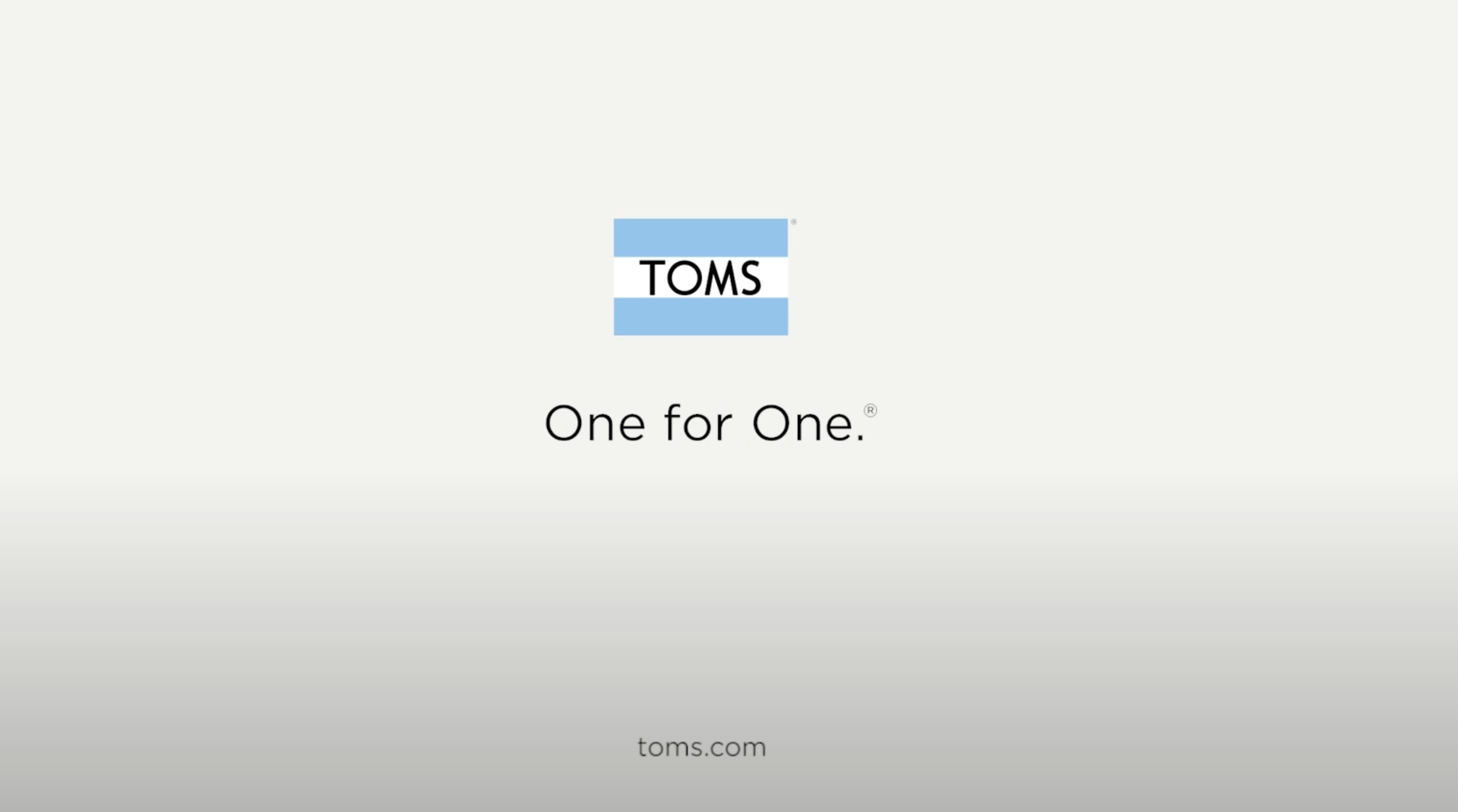
Of course, producing two pairs of shoes for every purchase does cut into profits, but it makes for effective, ethical marketing practices. Incorporating charity into a purchase at no extra cost creates an incentive to buy the product. People naturally want to help those less fortunate than themselves but are often skeptical of how monetary donations are distributed.
TOMS’ “One for One” model excels because it offers evidence of exactly what benefits people’s purchases will have on the underprivileged.
Ben & Jerry’s “Justice ReMix’d” campaign
Ben & Jerry’s greatest strength has always been its unique ice cream flavors, which provided the perfect platform for 2019’s “Justice ReMix’d” ethical marketing campaign. The company wanted to shine a light on racial injustice, working alongside the Advancement Project National Office to ensure ethnic minorities receive adequate legal support.
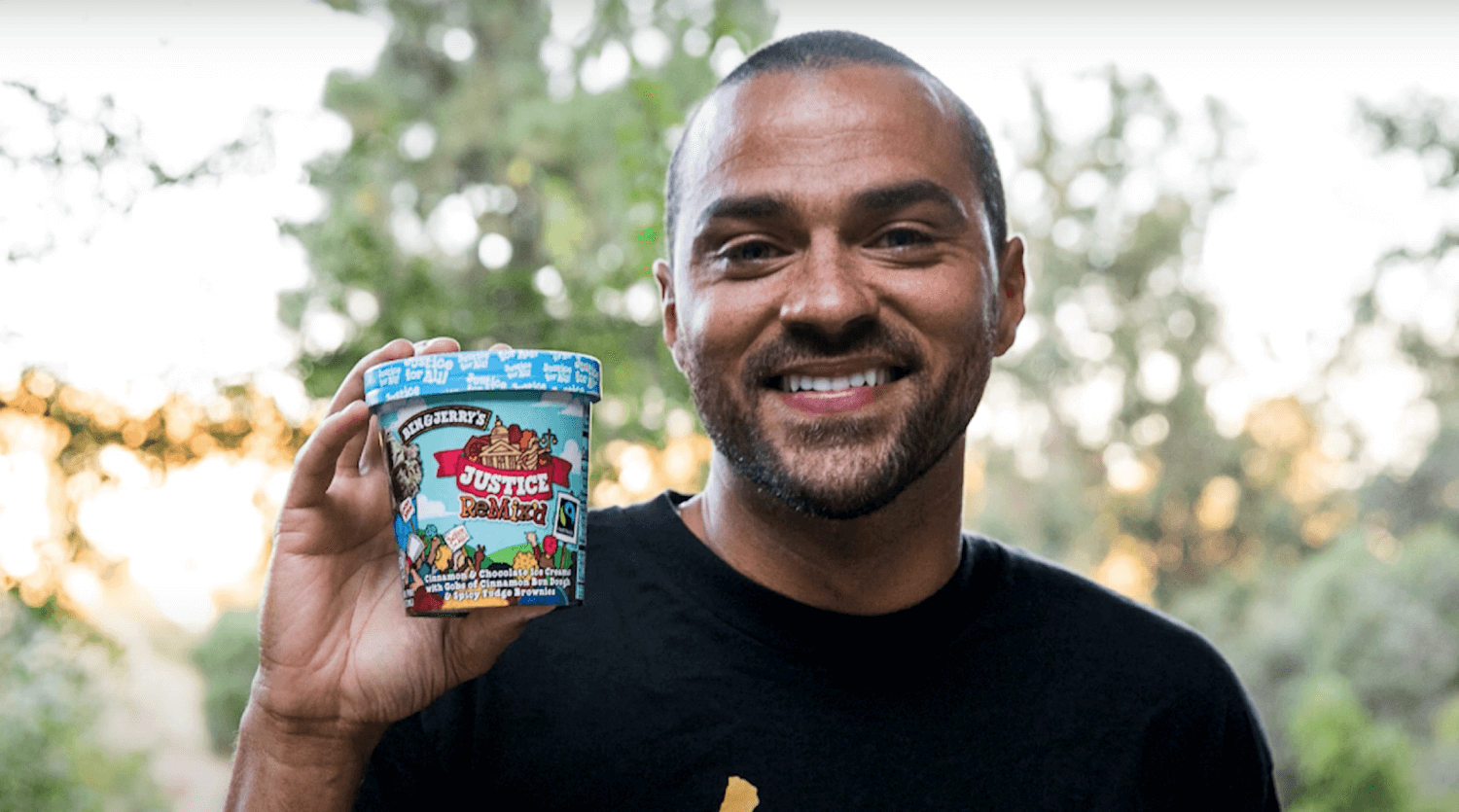
Now, a cinnamon bun-flavored ice cream didn’t solve all the problems at hand, but the campaign turned a widely ignored problem into a talking point. The company furthered the conversation by putting on a series of public events, including conferences, social gatherings, and radio shows.
The campaign proved that Ben & Jerry’s, a happy-go-lucky brand if you go by its usual tone of voice, was willing to discuss more serious topics. This further endeared the brand to younger generations open to societal change while cementing its reputation as progressive and socially aware.
The Body Shop’s “Forever Against Animal Testing” campaign
Ethical marketing campaigns aren’t always reliant on ambiguity or subtle messaging to pique the interest of consumers. Sometimes, all it takes is four words laid out in plain English. This was the case for The Body Shop and the company’s 2017 “Forever Against Animal Testing” campaign.
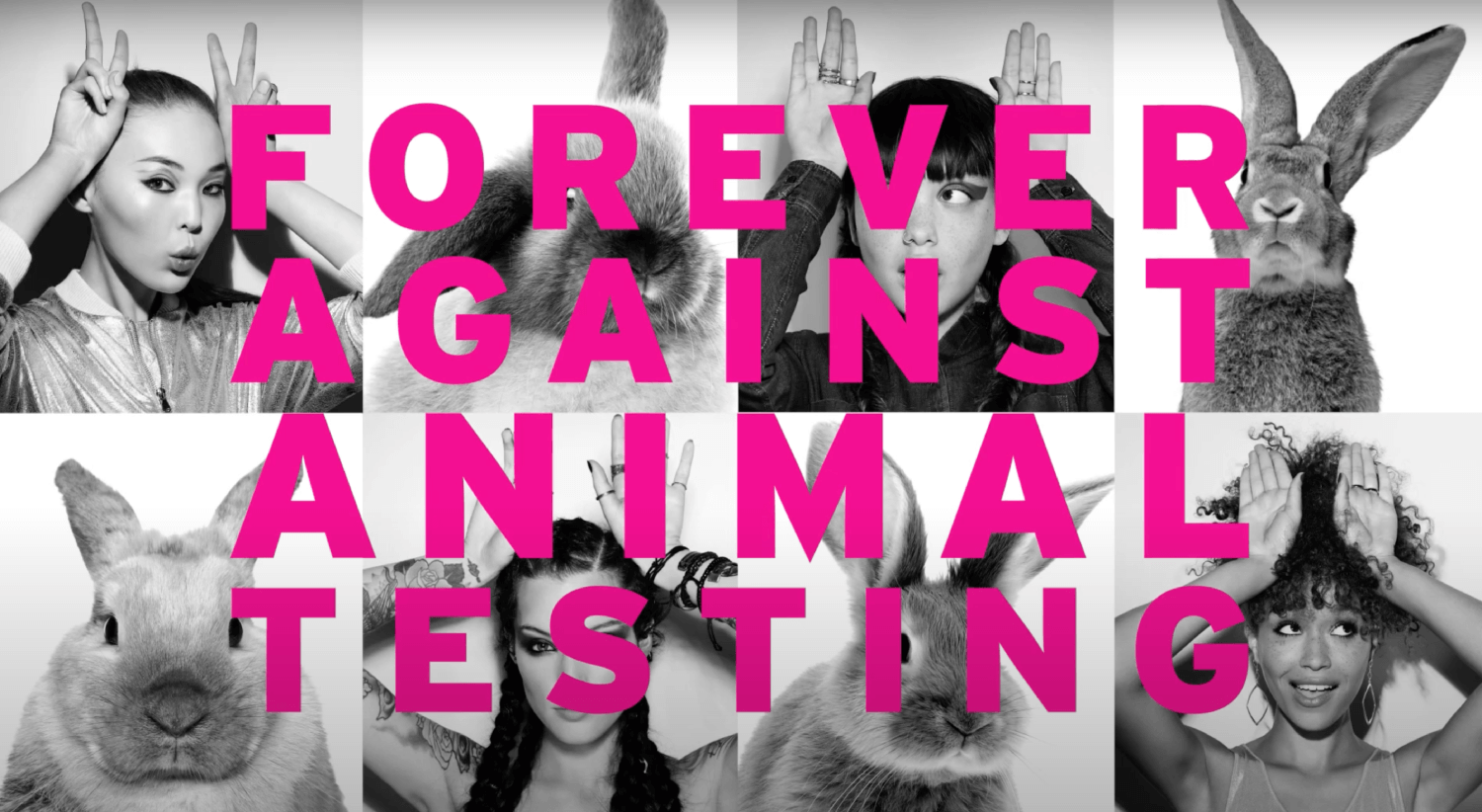
The company has been fighting the war against animal testing since 1989, but its 2017 campaign was its largest offensive to date. It involved laying out a petition, selling merchandise, and creating a social media influencer program to further hammer home the message.
The campaign gained huge traction, with the petition garnering 8.3 million signatures and inspiring changes to animal testing laws across the globe.
Here’s why the 2017 campaign was beneficial to The Body Shop’s brand as well as its campaign:
- Utilizing social media: For the first time, The Body Shop focused on using influencers to spread its message. This led to better engagement and a greater impact.
- Merchandise: As well as the campaign slogan, The Body Shop logo was also emblazoned onto t-shirts and tote bags. This meant that the brand’s image was now being pushed outside of people’s bathrooms and make-up bags.
- Simplicity: The campaign promoted a simple, memorable message. It played on people’s adoration for their furry friends.
Levi’s “Water<Less” campaign
If Levi’s had kept quiet about how much water it takes to make its jeans, it’s unlikely anyone would have questioned the brand’s methods. However, in 2011, the company decided to take accountability, coming clean and committing to doing better in the future, using so-called “Water<Less” techniques.
Levi’s claimed that these techniques would reduce the amount of water wasted during the jeans’ manufacturing process by 96%. In addition to educating customers on how Levi’s products are made, the company collaborated with Water.org to demonstrate how people can reduce their own water wastage.
The key ingredients to the “Water<Less” campaign are:
- Educating customers
- Environmental sustainability
- Brand accountability
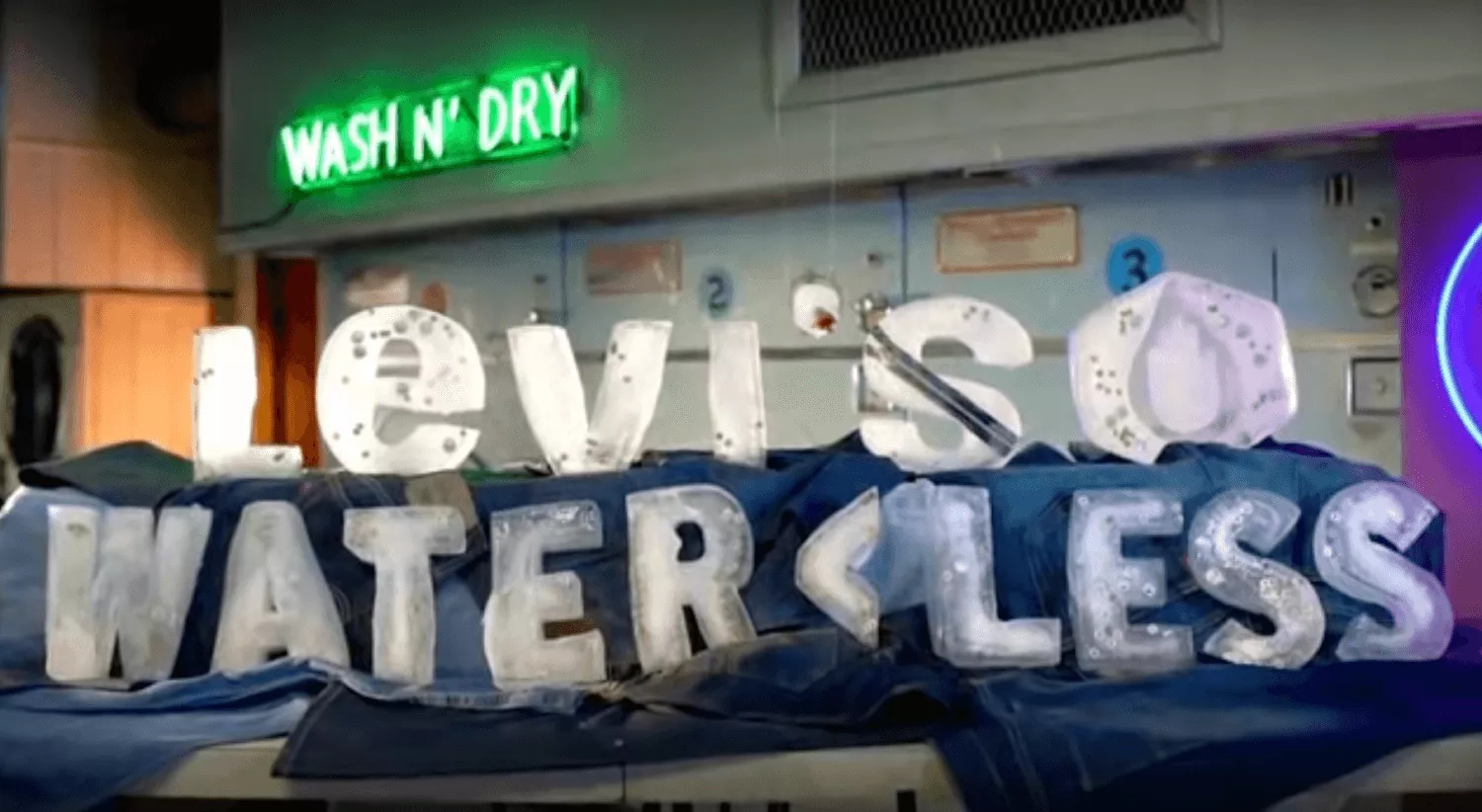
The “Water<Less” campaign helped to future-proof the Levi’s brand, showing that despite its age and stature in the clothing industry, it’s unafraid to evolve. The brand saw a side of itself that needed to change and put a movement into action.
Always “Like a Girl” campaign
2014 was the first time a female hygiene brand Always used the phrase, “Like a Girl.” The company aimed to transform the phrase from being an insult to being something that women and girls could use in a positive context. The phrase would go on to be a part of the Always brand for the next three years.
The campaign was a huge success, with multiple surveys suggesting the movement inspired real-world change, such as:
- 57% increase in women having a positive association with the phrase “like a girl”
- 85% of women feeling encouraged to keep trying after experiencing failure
- 94% of women and girls agreeing the campaign made them feel more confident
- 70% of people believing girls would be more confident if they played sports
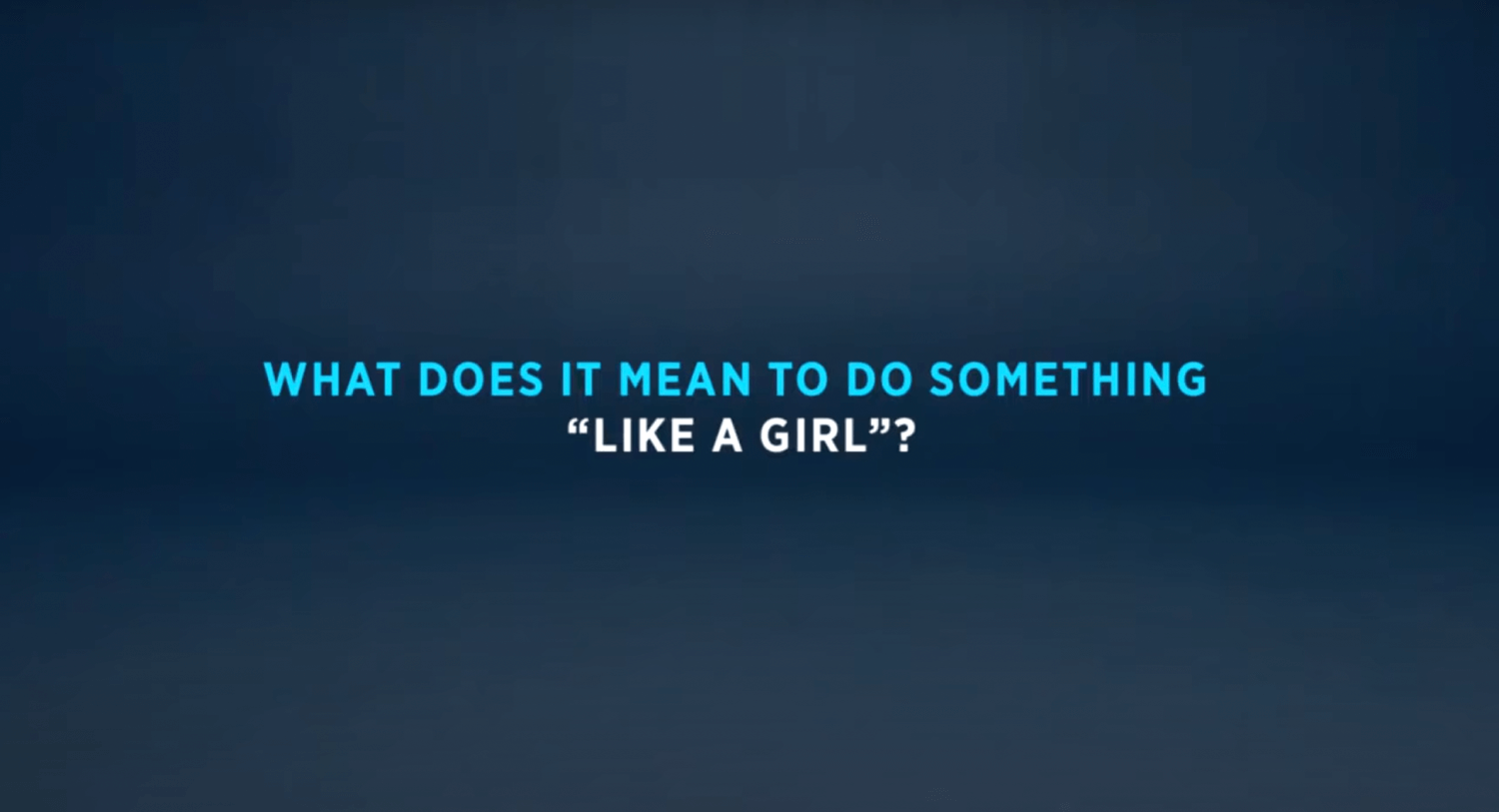
The “Like a Girl” campaign saw success because it wasn’t just a standard advertising campaign. Instead, it was a movement, with a simple hashtag on social media first getting the ball rolling. The movement encouraged women and girls to lift themselves and those around them, creating positive dialogue about what it means to be a woman.
Ethical marketing best practices
Here are the best practices you can use to launch an effective, ethical marketing campaign for your business:
Align marketing with genuine company values
True, well-meaning, ethical marketing campaigns aren’t born around round tables during department brainstorming sessions. Customers will see through campaigns that appear more like orchestrated PR stunts than genuine attempts to influence social change.
Promote social good through actionable impact
Donate profits to good causes, donate your products to charities, and speak up as a brand for what you believe is right. Walking the walk is just as important as talking the talk.
Focus on inclusivity and empowerment
In a world that has all the tools to unite, there are still groups within society that are largely under-represented. Using the power of marketing, you can empower these groups and give them a voice.
Champion environmental sustainability
Retail’s impact on the environment is widely documented, causing consumers to drift toward companies that are changing their ways to become environmentally sustainable.
Summary
Ethical marketing isn’t just a PR stunt laid on by companies to make themselves look good. As the companies above proved, it’s a way of using your brand to promote the change you wish to see in the world. Whether it be donating shoes to underprivileged children or changing the way beauty is perceived in advertising, the possibilities for ethical marketing are endless.
Ethical marketing campaigns are also highly effective for attracting new, socially aware customers. So, while your profits may not be as high in the short term after an ethical marketing campaign, you will still have secured extra custom for the long term.
Quick sign up | No credit card required
TABLE OF CONTENTS
TABLE OF CONTENTS


No fluff, no spam, no corporate filler. Just a friendly letter, twice a month.

 OFFER
OFFER


